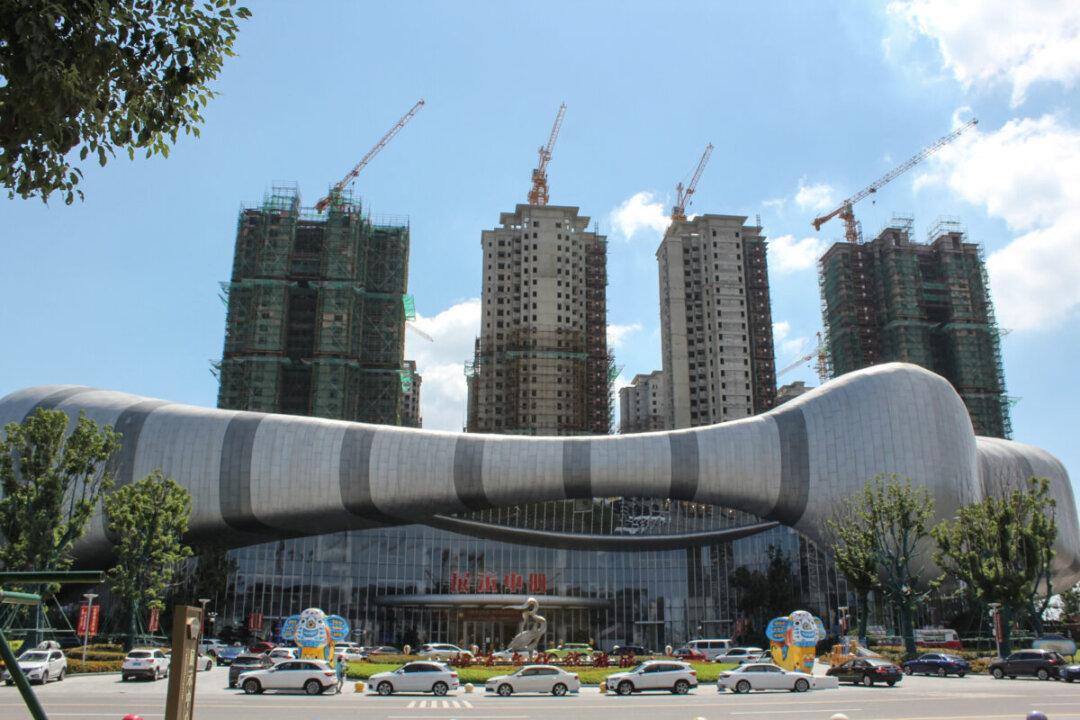News Analysis
China’s economic growth is flagging, owing to low consumer demand, diminished raw-material imports, decreased factory output, supply-side issues, and high factory gate prices.

China’s economic growth is flagging, owing to low consumer demand, diminished raw-material imports, decreased factory output, supply-side issues, and high factory gate prices.